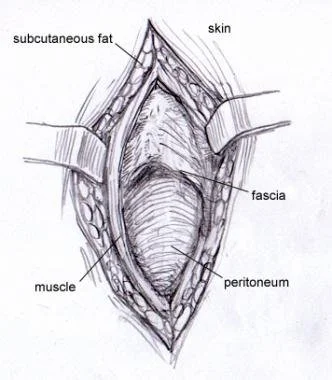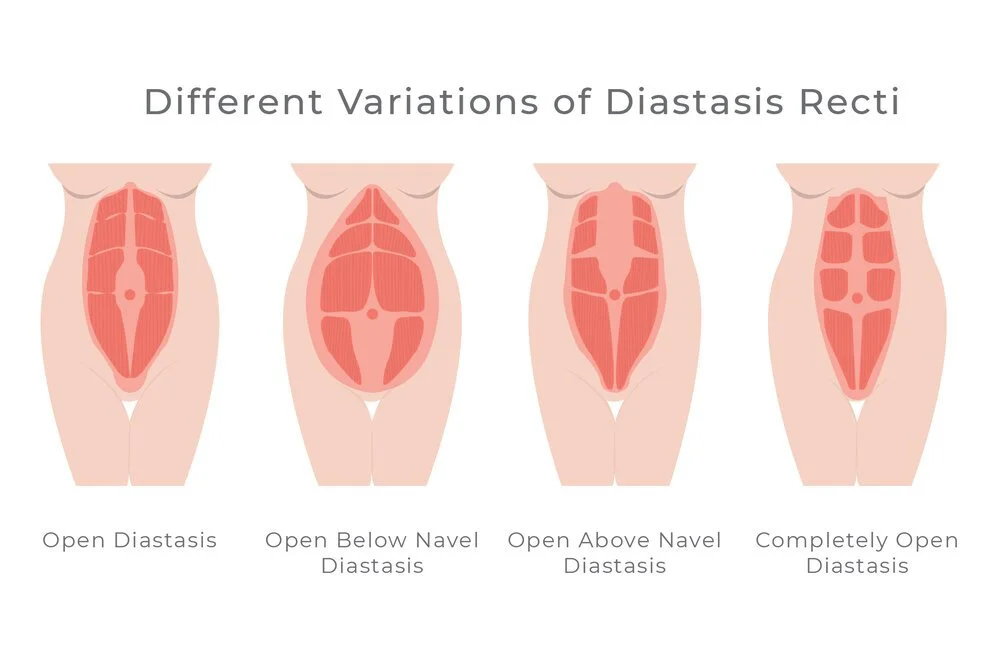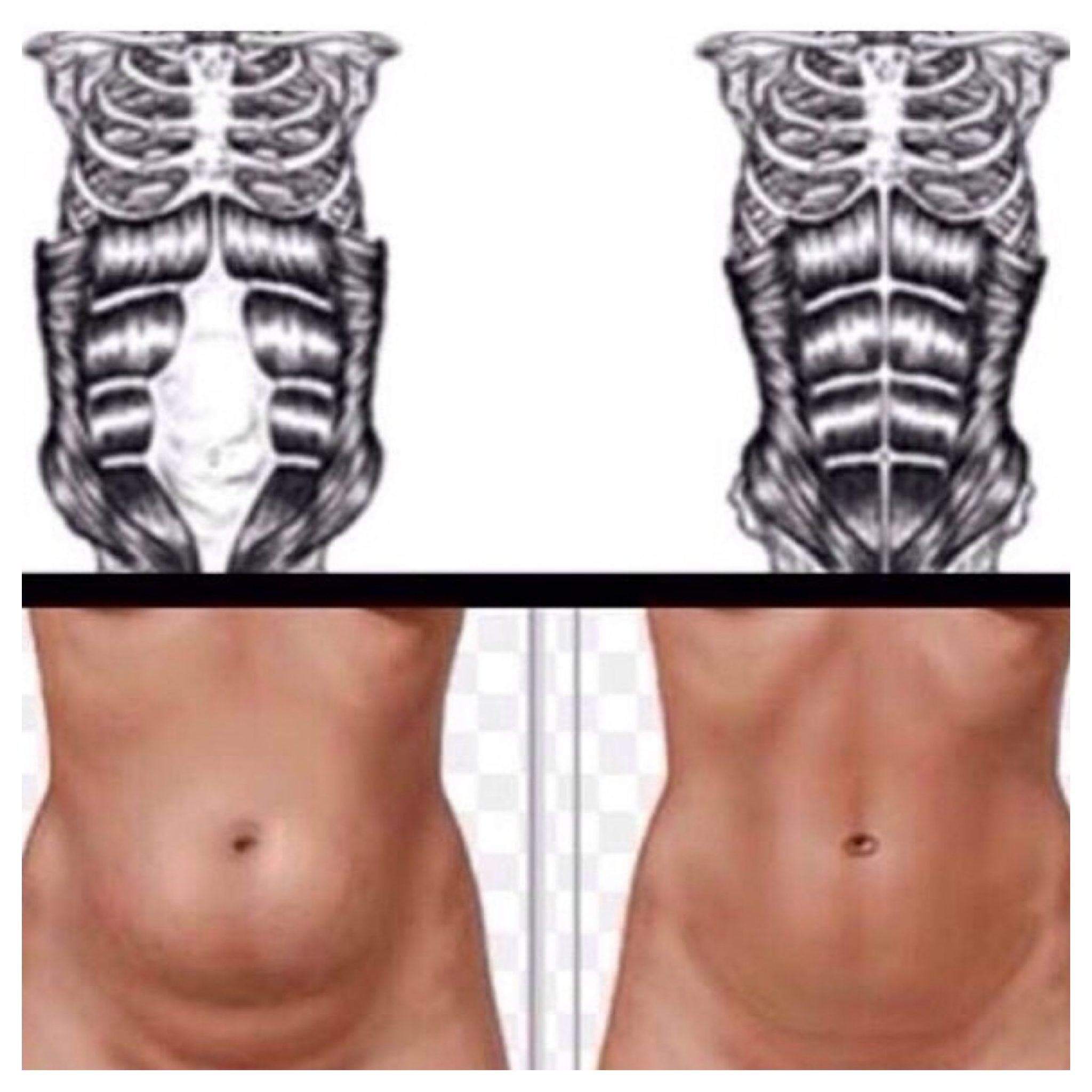C-sections, Recovery and reducing the ‘pouch’.
C sections may be common but they’re not small procedures.
Adequate rest and recovery is essential. Heal well now in the weeks/months after delivery and save yourself issues down the road in the short and long term.
Think of a C-section as you would with an Achilles’ tendon surgery, there are steps and checks along the way with the surgeon, the physiotherapist, and a set timeline of when it is safe to return to certain activities. Chances are that people recovering from this type of surgery would follow the given advice.
Yet C- sections in my eyes are not seen this way. Women are rushing off far too soon into their daily activities and planning to exercise just way too early. I think one of the reasons for this is possibly down to the pressure that most women are under to look good and ‘bounce back’ , the term which is most commonly used.
Remember C-sections are not minor procedures. Treat one as though you would a different surgery which requires a healing period.
Although your doctor may say you’re ok to exercise around that six to eight week mark post pregnancy, be certain that this means light and gentle exercise. The types of exercise that will be beneficial at this time are, core rehab exercises, breathing exercises, walking, and non impact bodyweight exercises.
Certain exercises that will not be beneficial at this stage are, HITT training, running, jumping, heavy weight training, traditional abdominal exercises such as crunches and sit ups.
I advise all mums after having a baby to be seen by a women’s health physiotherapist. They will assess your abdominals and pelvic floor, and inform you of any abdominal healing exercises and what not to do.
Keep in mind, the healing process of a C-section is not complete at this 6-8 week mark. From the outside you may think you’re healed up and ready to go, but the deeper layers of tissue which have been cut inside still need plenty of healing time.
What is cut during a C-section?
Your abdominals are not cut. They are simply separated in the midline to get access to the uterus.
The uterus is a muscle, which is the only muscle that must be cut in order to get your baby out.
There are 5 layers that we need to get through before we can get to your uterus.
Skin
Subcutaneous Tissue
Fascia
Rectus Abdominal Muscles
Peritoneum
So why is my core weak if you don’t cut through the abdominal muscles?
1. Your rectus muscles (six pack muscles) are stretched apart as your uterus grows, causing them to weaken.
2. You don’t use your core muscles as much throughout the pregnancy. The less you use a muscle, the weaker it will become.
3. There are many layers of tissue cut before they can get to the baby. The majority of these layers are stitched back together and will need time to heal.
This is why adequate rest and recovery is essential.
The C-section ‘pouch’
This name is commonly used by women after they have had a C-section.
Postnatally you may start to pay extra attention to your tummy and may have noticed that your body looks a little different and that your skin seems a little looser as to what it was previously.
You may feel that you look 6 months pregnant even months after having your baby.
Or your skin above your scar might make a shelf or overhang in a way it didn’t before.
Did my C- section cause my pouch?
What causes a c-section pouch? First of all, your surgery on its own is not 100% responsible. A c-section pouch is caused by a combination of things:
Scar tissue that is stuck to muscle
A layer of fat that overhangs near the scar
Separated abdominals and damaged fascia, also known as diastasis recti
Your body is designed to heal and a c-section pouch can go away! Some women may need to intervene and give their body a little help along the way. This can be done through diet, exercise, and scar massage. (exercising should only be started once you’re ready and have recovered well.)
The good news is that if you begin actively supporting your body to heal, you can often fully recover to the point where your c-section is a faint scar.
Diastasis Recti - abdominal separation
It’s likely that you have diastasis recti if you still look pregnant months after delivery. This is when your abdominals naturally separate during pregnancy and don’t come back together. This results in a ‘pouch’, or continued look of being pregnant.
What Is Diastasis Recti?
Diastasis recti is when the fascia (connective tissue) that connects the left and right side of your abdominals becomes stretched out and damaged.
This means that your 6 pack muscles will be further apart than normal, and not work as well as they should. It is very normal for this to happen during the third trimester of pregnancy.
In many cases, the abdominal muscles will come back together in the weeks following birth, but most women need some targeted exercises to help this process along.
All mums with all different cases of diastasis should start gently and with very carefully chosen exercises given to you either by your physio or personal trainer who is qualified in this area.
It’s important to focus on reconnecting with your body. Learn how to move functionally before trying to get back into more complex movements.
If you have diastasis recti, which is very common after pregnancy, most traditional core exercises will actually do more harm than good. This is why it is so important to work alongside someone who is qualified in the area.
Does a C-Section Cause Diastasis Recti?
Your abdominals are not cut during a c-section. However, multiple layers of skin and connective tissue are cut or drawn apart during your surgery.
This means you will likely experience some disconnect, a lack of feeling or sensitivity, sometimes even nerve damage, alongside a build up of scar tissue around your surgical site. This lack of connection can be very frustrating and can last for weeks, months, or even years post birth if not addressed. Your scar may itch even months/years after which can be due to this.
It is important to note that during your surgery, it is likely that your abdominals had to be pushed to the side and the fascia connecting your abdominals was cut.
This is why women recovering from c-sections have a wider diastasis than women recovering from vaginal birth. It is also why almost every woman experiences some kind of c-section pouch after her surgery.
If your c-section pouch won’t go away, and you’ve been eating well and exercising regularly, it’s likely because of diastasis recti.
How massage helps
After your surgery, your body has to create a deep layer of scar tissue to hold everything together. The collagen in this tissue has a different structure than your normal tissues.
This can result in your skin being pulled differently, and your skin overhanging over your scar. This scar tissue can be a really small, but stubborn part of your c-section pooch.
When you massage your scar, the tissue tries to normalize into tissue like you had before.
Massage can also help to reduce adhesions. An adhesion is when the scar tissue attaches to other nearby organs or skin and reduces blood flow, nerve connections and can cause quite a bit of pain.
If you had your section in the last 6 weeks, you may just want to do a gentle massage to get used to touching your body again.
Until you’re ready to go a little deeper into massage which will help you reduce the appearance of your pouch..
How nutrition helps
What you eat plays a big role in your body’s ability to heal. There are certain foods that will help your recovery greatly and others that will get in your way.
For example, eating clean protein, lots of colourful fibrous vegetables, fruits and good fats, which are found in nuts, salmon and avocado will be beneficial.
Additionally, including anti-inflammatory foods like turmeric, ginger, garlic, and green tea in your diet provides multiple benefits as well.
Eating right not only makes you look and feel better, these foods will ultimately help your body to recover in the early days, months, or years post-birth.
Remember to drink plenty of water! Staying hydrated is an essential to healing and keeping your skin hydrated which improves appearance. Water, herbal teas, and water rich foods found in fruit are a must. Never just wait till your mouth feels dry before you have a drink. Keep some water on you, or glasses filled up around the house.
Certain foods and drinks can slow down the healing process. It’s best to avoid alcohol , sugary drinks, and highly processed foods. They generally cause inflammation in the body and do not hold any nutritional value or benefit.
Lastly you may wish to consider a collagen supplement (this will not reduce an overhang) but collagen supplements are beneficial for skin elasticity including the skin on your tummy. Collagen can also help with hair and nail health, some new mums may have experienced postpartum hair loss due to changes in hormones. This is where these supplements could come in useful.
How exercise helps
Exercise is good for the entire body, there is no doubt about it. If you combine a good balanced diet with exercise, you may find it easier to maintain your body weight or lose body fat if this is needed.
Going into a pregnancy at a healthy weight and not gaining too much additional body fat whilst being pregnant will help reduce the possibility of an overhang due to excess tummy fat.
If you are overweight whilst being pregnant, now is not the time to try and lose weight as doing so could harm your baby. Just make sure to eat a nutritious diet, exercise daily and go to all of your antenatal appointments.
Both your c-section scar and abdominal separation need healing. You can rebuild the lost connections and nerve pathways through movement, touch, excellent nutrition, and hydration.
In Summary,
To reduce your c-section pouch, you need to address the damage done to your body during this intense surgery.
Start by healing the tissue which connects your abdominals together. Continue with massage to break up scar tissue. Eat well, to reduce the layers of fat that are sitting on top of your abdominals, and exercise when you’re ready to help manage your weight and help with the healing process.
So to answer everyone’s question…
Yes, you can get a flat stomach after a c-section. You just need to give your body a helping hand.
Give yourself time, as well as plenty of rest and love your body.


